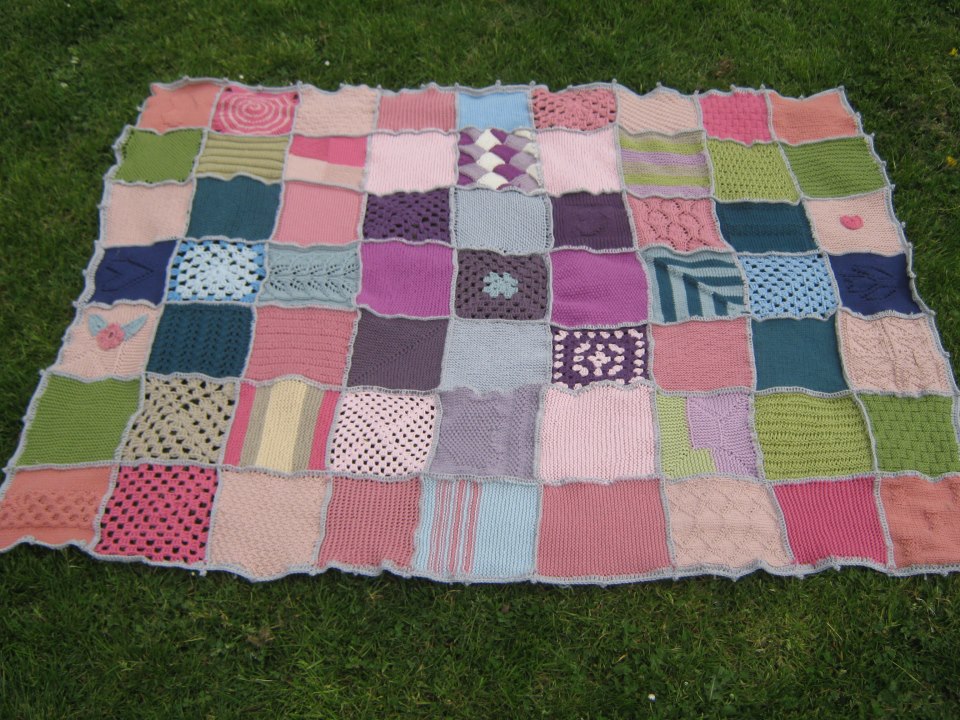S’not Nice but Necessary – Dr Matt Knows How Noses Work
The last time Dr Matthew Piccaver wrote for Jump! Mag, it was on the topic of poo, and today he’s going to tell you a bit about the part of your body that you might just have wrinkled in disgust… the nose! Find out how noses work but don’t get too comfortable, because it snot over yet …
Does Atlantis Exist, and Where Does the Name Originate?
Around 350 BC, the Greek philosopher Plato wrote about an island situated in front of the Pillars of Hercules, that disappeared under the sea in one day and one night. According to Plato, the capital of Atlantis was built on a hill and surrounded by rings of water, which were joined by tunnels large enough for a ship to sail through. A huge canal connected the outer rings of water to the ocean.
The possible existence of the island of Atlantis has intrigued scholars and scientists over the centuries.
In 1800s a man called Ignatius Donnelly wrote a bestselling book called Atlantis, the Antediluvian World. After studying flood history, Ignatius put forward the suggestion that Atlantis was not fiction, but the recording of a natural disaster.
Most modern academics insist that Plato created the story, and was perhaps inspired by events that happened during his lifetime, but that the island never existed.
The subject of dreams, of magical tales and many a search, Atlantis has long captured our imagination. But where did all of this spring from?
Good Relationships – Healthy Relationships – Tips for Kids
Relationships are hard at any age. Remember that we don’t just talk about relationships when we mean a boyfriend or a girlfriend – it’s about how you get on with your parents, your friends and other people important to you.
There are certain basic ideas that are important to developing good relationships; you master these and life suddenly becomes a lot less stressful! Alice Hoyle has some ideas that may help you have better relationships with the people in your life.
Communication

Image by Robert Collins on Unsplash
Communication is the most important aspect of any relationship. Sharing things with people in your life is important. We do this mostly by speaking and listening. It is important to share how you feel about things and to listen and try to understand how others feel about things (this is called empathy).
How good are you at both talking AND listening? If you favour doing only one of them in a relationship then this isn’t as balanced as it could be- you probably need to work on doing both and so should the other person.
Also sometimes people might say something but their body language (how someone uses their body or their facial expression) maybe saying something different. Take some time to consider what is your body language saying when you talk? What is their body language saying? Do you make eye contact when you talk?
A key to successful communication is to use “I” statements instead of “you” statements- eg. “I feel sad when you call me silly” is better than “You calling me silly makes me sad” because the second one can put the person on the defensive straight away and the conversation can go badly after that.




